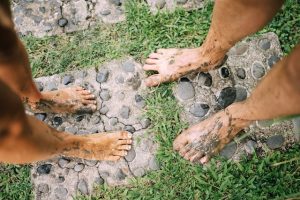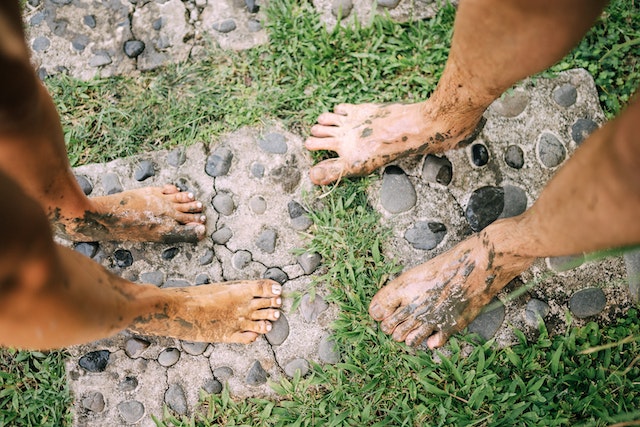Introduction:
Bunions are a prevalent foot ailment that impacts numerous people. There has been a longstanding belief that bunions are primarily caused by wearing tight or narrow shoes. In this article, we will explore the relationship between shoes and bunions and distinguish between true information and misconceptions. By gaining knowledge about the underlying causes of bunions and their connection to the shoes we wear, shoe-bunion connection you can make educated choices to effectively prevent and handle this condition.
Getting a grasp on bunions: What causes them, how to spot the symptoms, and debunking common misconceptions.
To comprehend the correlation between shoes and bunions, it is crucial to have a fundamental understanding of what bunions are. Bunions are hard bumps that develop at the joint where the big toe meets the foot. They make it veer towards the other toes. In addition to shoes, genetics, foot structure, and certain medical conditions shoe-bunion connection can also play a role in the development of bunions. To fully comprehend bunions, it is important to address and clarify common misunderstandings about the condition.

Analyzing the Relationship Between Shoes and Bunions: Sorting Truth from Myth
The commonly held belief is that bunions are primarily caused by wearing shoes with high heels and narrow toe boxes. Nevertheless, scientific studies indicate that the relationship between shoes and bunions is more intricate. While shoes can worsen pre-existing bunions or cause discomfort, they are not the main factor that causes them. This section examines the scientific proof and refutes popular misconceptions regarding the relationship between shoes and bunions.
Other factors that can contribute to bunions include genetics, the structure of the foot, and various other factors.
To gain a deeper understanding of bunions, it is crucial to acknowledge the other factors that contribute to their formation. The presence of bunions in a family is often influenced by genetics. Formation of bunions can also be influenced by specific foot structures, such as flat feet or excessive pronation. People who have arthritis or connective tissue disorders are more susceptible to developing bunions. Examining these variables offers a comprehensive perspective of the situation.
Taking Steps towards Prevention and Treatment: Seeking Relief for Bunions
Addressing and controlling bunions requires a comprehensive strategy. While shoes may not be the primary factor, selecting suitable shoes can help relieve symptoms and halt the condition from worsening. This section provides useful advice on choosing shoes, such as ensuring a proper fit and looking for supportive features. It also investigates alternative treatments, like orthotic devices, exercises, and techniques for managing pain. In extreme situations, surgery may be required and is briefly mentioned.
Conclusion:
There are many misunderstandings and false beliefs surrounding the connection between shoes and bunions. Although wearing shoes can worsen bunions, they are not the only cause of their formation. The roles of genetic factors, foot structure, and medical conditions are also important in this context. By gaining knowledge about the root causes of bunions and implementing preventative actions like choosing appropriate shoes. People can successfully handle this prevalent foot ailment. It is essential to seek guidance from a medical professional for an accurate evaluation and a customized treatment strategy.




